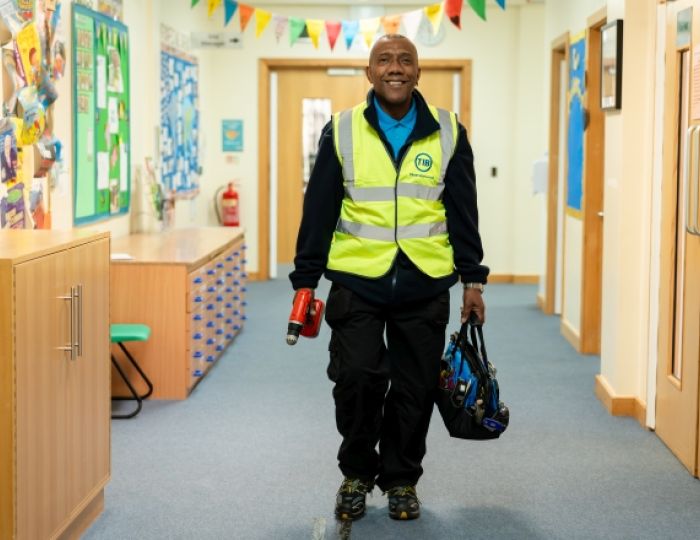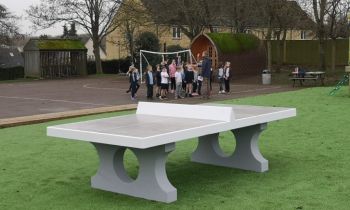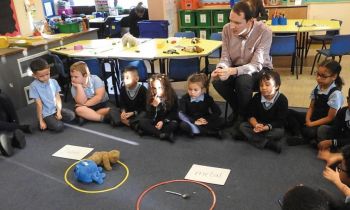Blended learning is here to stay and education technology is more essential than ever before.
Children and young people today are using the immense power of digital media to explore, connect, create and learn in ways never before imagined.
With this power, young people have extraordinary opportunities, and yet they face many potential pitfalls. These pitfalls can be exacerbated by ‘tech-sceptical staff’ who may have reverted back to old habits despite using technology effectively during lockdown.
Before we explore how to convert some of these ‘tech-sceptical staff’, let’s first focus on how we can keep young people safe when using technology.
The Department for Education’s statutory guidance ‘Keeping Children Safe in Education’ (2020) obliges schools and colleges in England to “ensure appropriate filters and appropriate monitoring systems are in place.
Children should not be able to access harmful or inappropriate material from the school or colleges IT system”, however, schools will need to “be careful that ‘over blocking’ does not lead to unreasonable restrictions as to what children can be taught with regards to online teaching and safeguarding.”
Many of us will seek to address these requirements through on-premise hardware appliances with companies like SmoothWall or via cloud-based solutions like Securly.
Protecting students and staff online
I, myself, like the flexibility offered by Securly and love how I can use the Securly dashboard to assign granular policies to my Google Apps Organizational Units. For me, Securly reports student (and staff) activity by their Google ID.
The Audit Trail also allows me to drill deep into an individual student’s screen-time in a matter of seconds. The product works across iPads, Windows, Macs and Chromebooks and uses Google Apps for single sign-on.
Protecting children is much more than just using the right tools technologically though. As school leaders, we need to cultivate positive and responsible behaviours among pupils and staff alike.
Digital literacy
Children and young people need to learn – and teachers need to teach – digital literacy and citizenship skills so that schools can support their pupils to act responsibly and to use the internet in a better way.
For me, the go to place to support this work is the SWGfL, who have produced schemes of learning for all year groups, from Foundation Stage to Key Stage 5.
For more information about the SWGfL’s Digital Literacy Curriculum, check out digital-literacy.org.uk.
So, with appropriate measures in place to help keep young people safe when using technology, how do we convert ‘tech-sceptical staff’? From my experience, the key is to not focus on the technology but on the benefits it will have on learning for the children they teach.
Take a moment to look at the conditions. Ask yourself; do they have the tools they need to be successful? If the answer is no, seek to rectify this if you can.
Making changes
When the conditions are right, I’d advise starting small. Make an effort to model how to do just one thing (that will benefit the children they teach) this could make all the difference!
‘Something small’ could be as simple as modelling how to play a video on YouTube or how to share a piece of work in Google Classroom.
After modelling, revisit the task with your colleague a week later and encourage them to repeat the task, offering support where necessary. Be sure to master the simple things before moving onto something more challenging.
Taking things a step further, seek to model experiences with technology that provide a connection. If you can model to a colleague how to write a blog post, share a video or engage in social media for professional benefit – the impact could be transformational!
In my experience, it’s a good idea to make collaborative CPD a regular feature of meetings, sharing both success and challenges faced.
If possible, seek to record CPD with technology so that those less confident can replay training at their own convenience.
Gary Spracklen is headteacher at The Prince of Wales School: Dorchester, Former Digital Educator of the Year and a member of UK Government’s – Department for Education ‘ETAG’ (Educational Technology Action Group).










